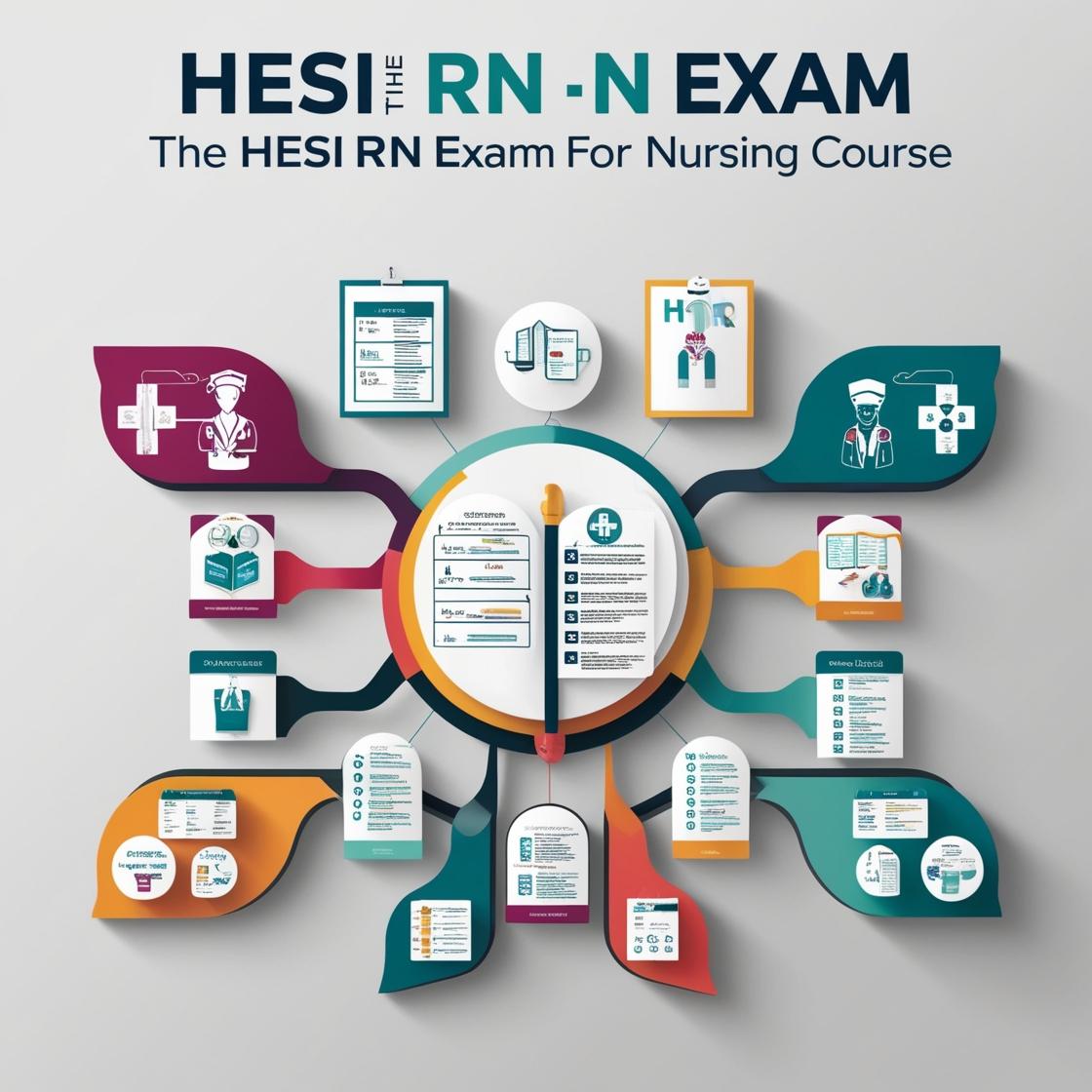HESI RN
HESI Medical Surgical Practice Exam
1. The client is planning care for a client who is receiving hemodialysis. Which of the following interventions should be included in the plan of care?
- A. Administer anticoagulants to prevent clot formation.
- B. Monitor the client for signs of infection.
- C. Provide the client with a high-protein diet.
- D. Encourage the client to drink at least 2 liters of fluid daily.
Correct answer: B
Rationale: Monitoring for signs of infection is crucial in clients receiving hemodialysis because they are at an increased risk of infection due to the invasive nature of the procedure. Administering anticoagulants is not typically a part of the routine care for clients undergoing hemodialysis unless specifically prescribed. While a high-protein diet may be beneficial for some clients, it is not a specific intervention related to hemodialysis. Encouraging fluid intake must be individualized based on the client's fluid status and should not be a generalized recommendation for all clients receiving hemodialysis.
2. The nurse is assessing an older adult with a pacemaker who leads a sedentary lifestyle. The client reports being unable to perform activities that require physical exertion. The nurse should further assess the client for which of the following?
- A. Left ventricular atrophy.
- B. Irregular heartbeats.
- C. Peripheral vascular occlusion.
- D. Pacemaker function.
Correct answer: A
Rationale: The correct answer is A: Left ventricular atrophy. Older adults who lead sedentary lifestyles are at risk of developing left ventricular atrophy, which can lead to decreased cardiac output during physical exertion. This condition can contribute to the client's inability to perform activities requiring physical exertion. Choice B, irregular heartbeats, may be a consideration due to the presence of a pacemaker, but the client's reported inability to perform physically exerting activities is more indicative of a structural issue like left ventricular atrophy rather than a rhythm-related problem. Peripheral vascular occlusion (Choice C) is less likely to be the cause of the client's symptoms compared to the cardiac-related issue of left ventricular atrophy. While assessing pacemaker function (Choice D) is important, the client's symptoms are more suggestive of a cardiac structural issue rather than a malfunction of the pacemaker.
3. A client with chronic renal failure is receiving erythropoietin therapy. The nurse should assess the client for which of the following side effects?
- A. Hypotension.
- B. Hypertension.
- C. Hyperglycemia.
- D. Hypercalcemia.
Correct answer: B
Rationale: The correct answer is B: Hypertension. Erythropoietin therapy can lead to an increase in blood pressure, making hypertension a common side effect that the nurse should closely monitor. Hypotension (choice A) is not typically associated with erythropoietin therapy. Hyperglycemia (choice C) and hypercalcemia (choice D) are not commonly linked to erythropoietin therapy in clients with chronic renal failure, making them incorrect choices.
4. An older female client has normal saline infusing at 45 mL/hour. She complains of pain at the insertion site of the IV catheter. There is no redness or edema around the IV site. Which action should the nurse take?
- A. Determine which IV medications have recently been administered.
- B. Explain that without redness or edema, there is no need to re-start the IV.
- C. Consult with the healthcare provider about the best location to start a new IV.
- D. Convert the IV to a saline lock and continue to monitor the site.
Correct answer: D
Rationale: Converting the IV to a saline lock and continuing to monitor the site is the correct action in this scenario. When a client complains of pain at the IV insertion site without redness or edema, it may indicate phlebitis or irritation. Replacing the IV may not be necessary if there are no signs of infection or infiltration. Determining the IV medications administered or consulting with the healthcare provider to start a new IV are not immediate actions required for pain management at the insertion site. Therefore, the most appropriate intervention is to convert the IV to a saline lock and closely observe for any changes or complications.
5. Which of the following interventions is most appropriate for a patient with left-sided heart failure?
- A. Administering IV fluids.
- B. Administering oxygen.
- C. Administering diuretics.
- D. Administering antihypertensives.
Correct answer: B
Rationale: Administering oxygen is the most appropriate intervention for a patient with left-sided heart failure because it helps improve oxygenation. In left-sided heart failure, the heart struggles to pump oxygen-rich blood to the body, leading to inadequate oxygen supply to tissues. Administering oxygen can help alleviate symptoms of hypoxia and reduce the workload on the heart. IV fluids (Choice A) may exacerbate heart failure by increasing fluid volume, diuretics (Choice C) are used to reduce fluid overload in heart failure, and antihypertensives (Choice D) are more suitable for managing hypertension, which may be a comorbidity in heart failure but are not the primary intervention for left-sided heart failure.
Similar Questions

Access More Features
HESI RN Basic
$89/ 30 days
- 50,000 Questions with answers
- All HESI courses Coverage
- 30 days access @ $89
HESI RN Premium
$149.99/ 90 days
- 50,000 Questions with answers
- All HESI courses Coverage
- 30 days access @ $149.99
